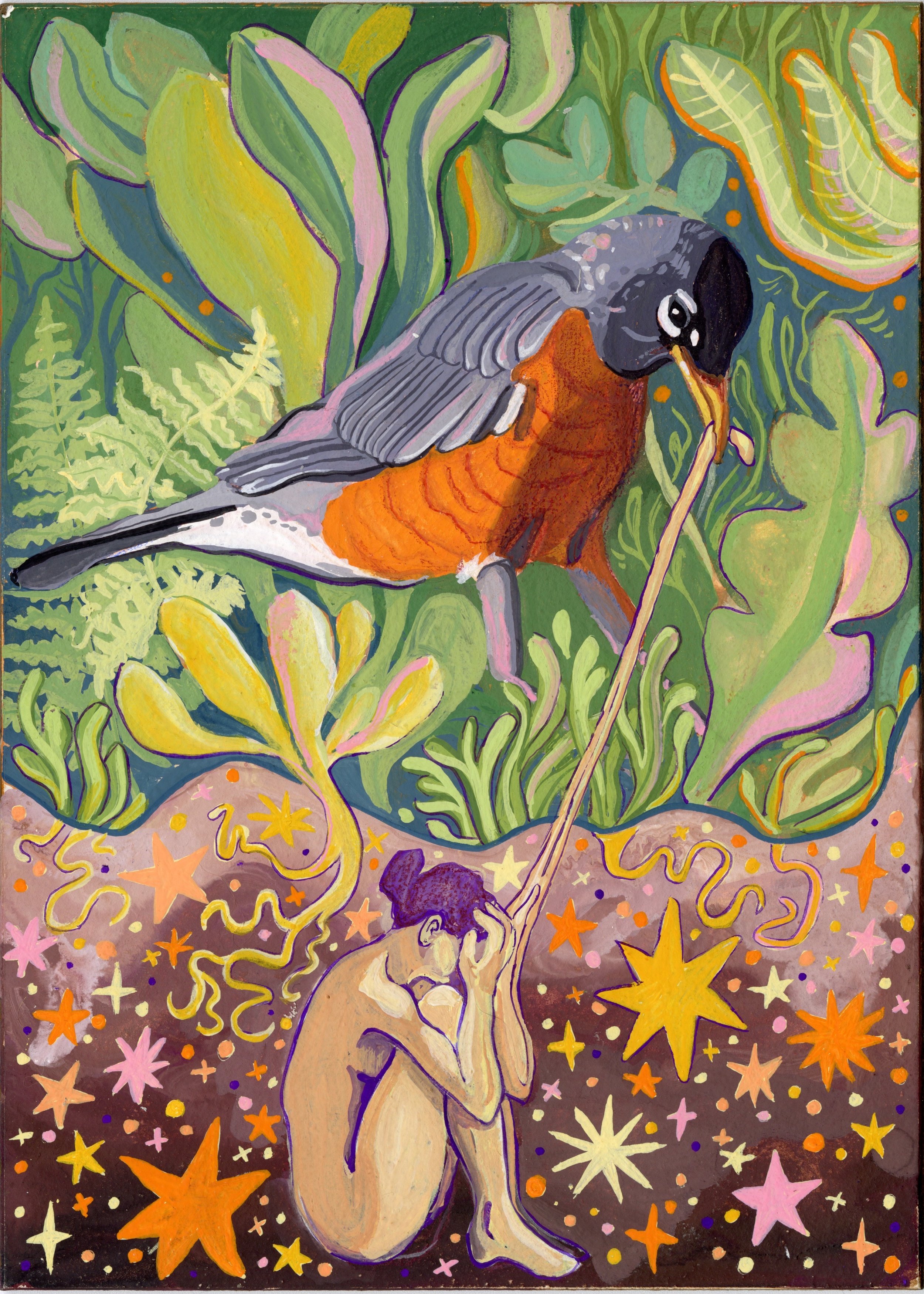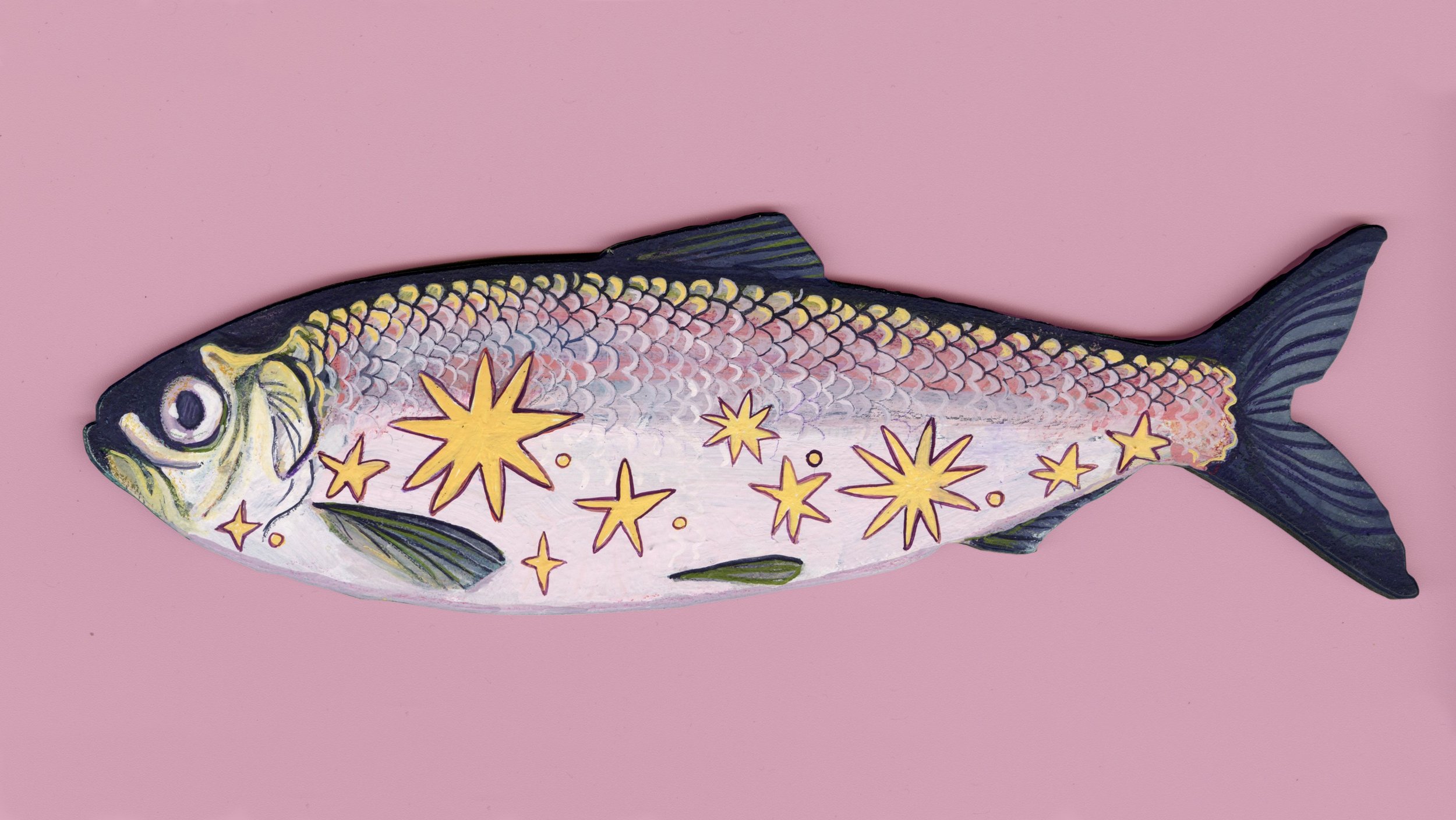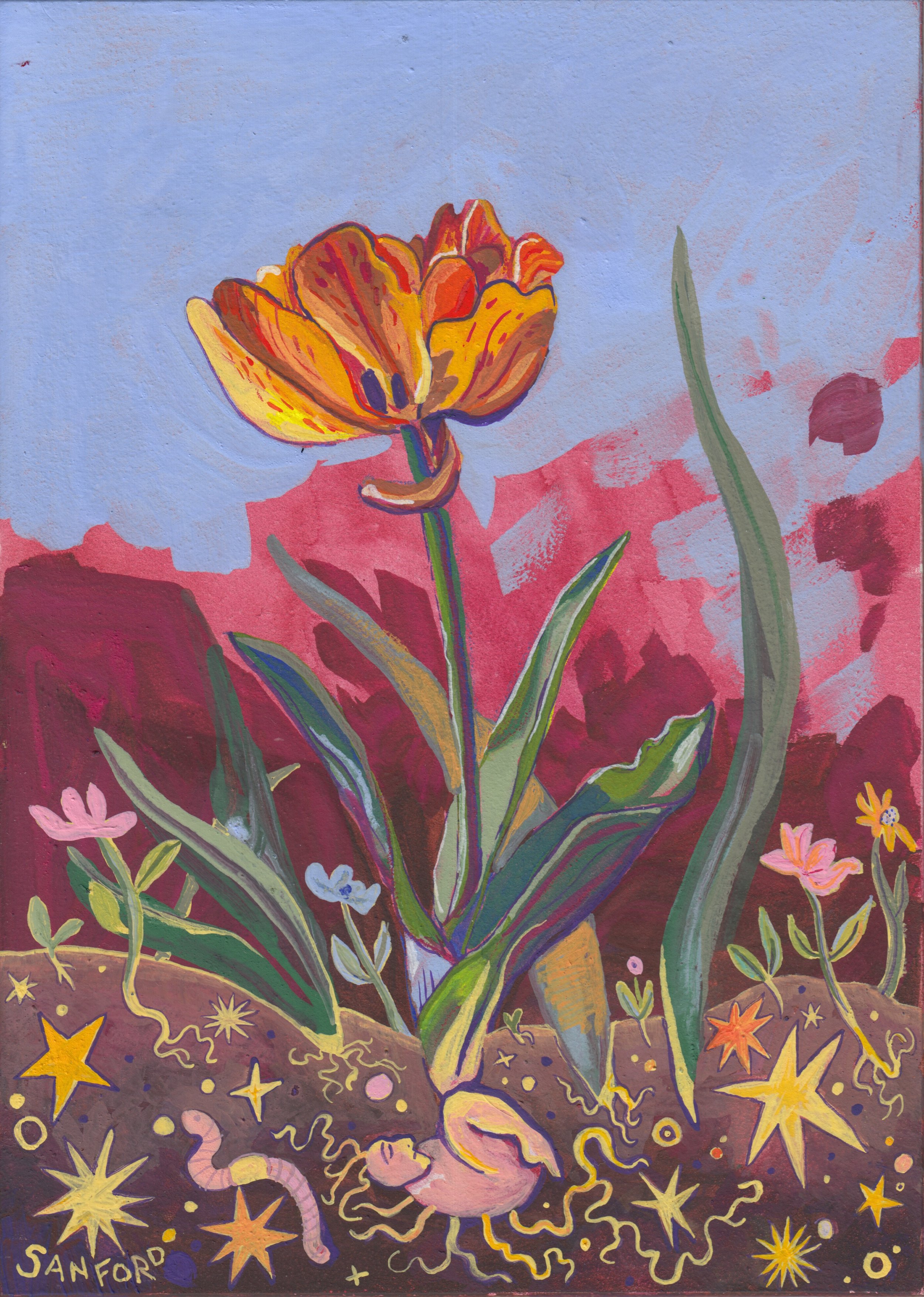Entombment
In this space form is fluid and functional. A body becomes a root in its second life, and is given the opportunity for a second growth. In Entombment, the animal body is fully enveloped by the botanical. In this forest there is no separation between kingdoms animalia and plantae. In a time where forests and natural habitats are being destroyed at an ever quickening rate, this forest has been given the ability to protect herself. She is a monument rejecting climate destruction, and she can be touched only by her own hand. She is aware of her vast existence and the fragility of her inhabitants, and she uses and reuses the body in protection of her own. Her body is vast and rejects the concept of the individual, and she defends her autonomy. She is not passively waiting for the destruction of the ax, but instead she is an active participant in her own defense.
In common understanding, when an animal body is used and entombed it has concluded its usefulness. In Entombment, we instead see the forest’s repurposing of the body. In this space taking is only temporary, and resources are to be used and given away. Here is considered the eternal privilege of return to the earth, and a lifetime of taking being nullified.
The forest understands the privilege of a human body in the deciding of who gets to live or die, so she adopts the form of this body in the hope of also assuming the privilege of being valued. As different parts of the forest become more human do they become more deserving of life?
The forest repurposes eyes to watch over herself so that no action can be hidden from view. Rats who have been cruelly killed and hung can look their abuser in the eye. In this forest cruelty cannot be hidden and forgotten. Wolves adopt human characteristics and a protective role. Is a human face the key to a life which deserves to live? Skeletons are regrown and reused. In this forest the body is no longer equivalent to the self, and every living thing is a part of collective form. This forest is vividly alive and in control of herself. She is the artist’s vision of the autonomy of the forest.
The Life of Water, 2023, Gouache and Watercolor Pencil on Panel, 9"x18"
Watery Bodies I, 2024, Gouache on Panel, 5"x7"
Watery Bodies II, 2024, Gouache on Panel, 5"x7"
Seen, 2024, Gouache on Panel, 5"x7"
Weedy, 2024, Gouache on Panel, 8"x10"
In the Entirety of the Known Universe V, 2024, Gouache on Panel, 5"x7"
In a Fish (alewives), 2024, Gouache on Panel, 5"x7"
The Cosmic Origins of the Self, 2024, Gouache on Panel, 5"x7"
In the Entirety of the Known Universe III, 2023, Gouache on Panel, 5"x7"
In her Vision, 2022, Gouache on Panel, 5"x7"
In the Entirety of the Known Universe IV, 2023, Gouache on Panel, 5"x7"
The cosmic origins of an alewife, 2024, Gouache on Panel, 3"x5"
In a Fish (alewives) (detail), 2024, Gouache on Panel, 3"x5"
In a Fish (alewives) (detail), 2024, Gouache on Panel, 3"x5"
Pratt's Brook I, 2023, Gouache on Panel, 5"x7"
Pratt's Brook II, 2023, Gouache on Panel, 5"x7"
Seeing Rat I, 2022, Gouache on Paper, 2"x4"
Seeing Rat II, 2022, Gouache on Paper, 2"x4"
Seeing Rat III, 2022, Gouache on Paper, 2"x4"
In the Entirety of the Known Universe I, 2022, Gouache on Panel, 5"x7"
In the Entirety of the Known Universe II, 2022, Gouache on Panel, 5"x7"
Breakables I, 2023, Gouache on Paper, 3"x5"
Breakables III, 2023, Gouache on Paper, 3"x5"
Breakables II, 2023, Gouache on Paper, 3"x5"
Safe Disguise, 2022, Gouache and Paper Fastener on Paper, 3"x5"
Safe Disguise, 2022, Gouache and Paper Fastener on Paper, 3"x5"
Heart of the Forest, 2021, Gouache on Paper, 8"x10"


























